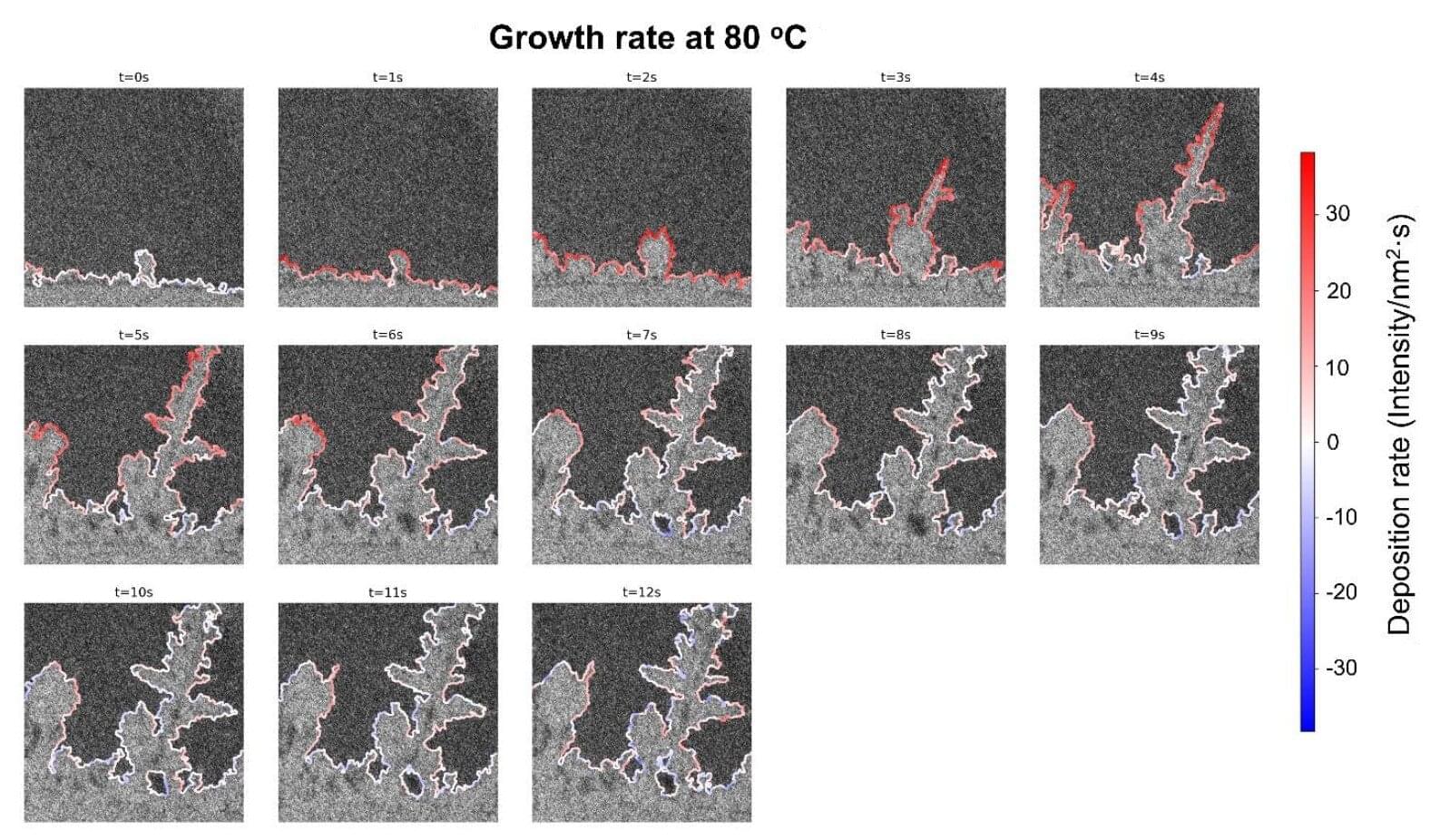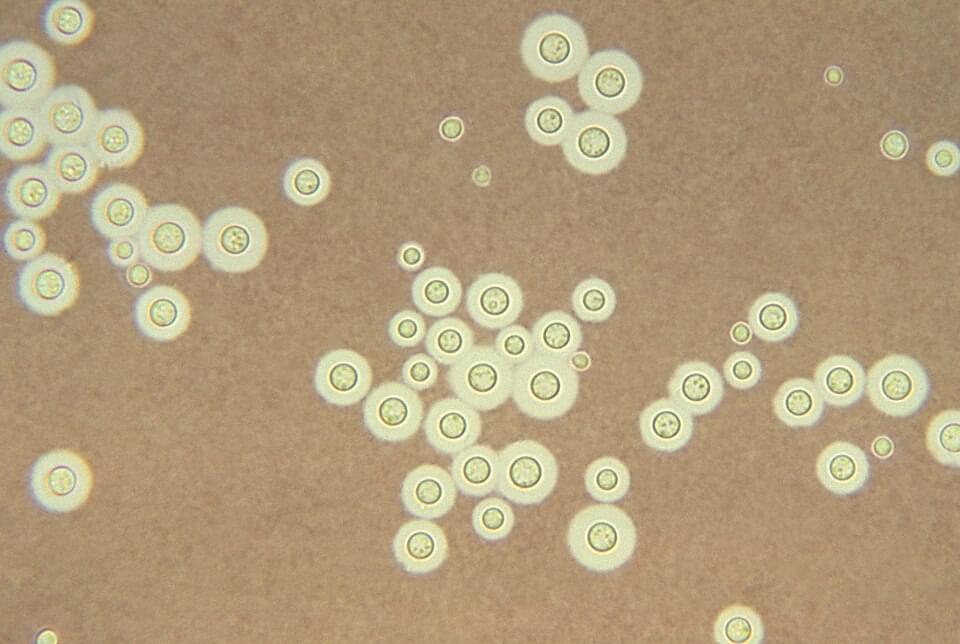More than ten years ago, researchers at Rice University led by materials scientist Boris Yakobson predicted that boron atoms would cling too tightly to copper to form borophene, a flexible, metallic two-dimensional material with potential across electronics, energy and catalysis. Now, new research shows that prediction holds up, but not in the way anyone expected.
Unlike systems such as graphene on copper, where atoms may diffuse into the substrate without forming a distinct alloy, the boron atoms in this case formed a defined 2D copper boride ⎯ a new compound with a distinct atomic structure. The finding, published in Science Advances by researchers from Rice and Northwestern University, sets the stage for further exploration of a relatively untapped class of 2D materials.
“Borophene is still a material at the brink of existence, and that makes any new fact about it important by pushing the envelope of our knowledge in materials, physics and electronics,” said Yakobson, Rice’s Karl F. Hasselmann Professor of Engineering and professor of materials science and nanoengineering and chemistry. “Our very first theoretical analysis warned that on copper, boron would bond too strongly. Now, more than a decade later, it turns out we were right ⎯ and the result is not borophene, but something else entirely.”









